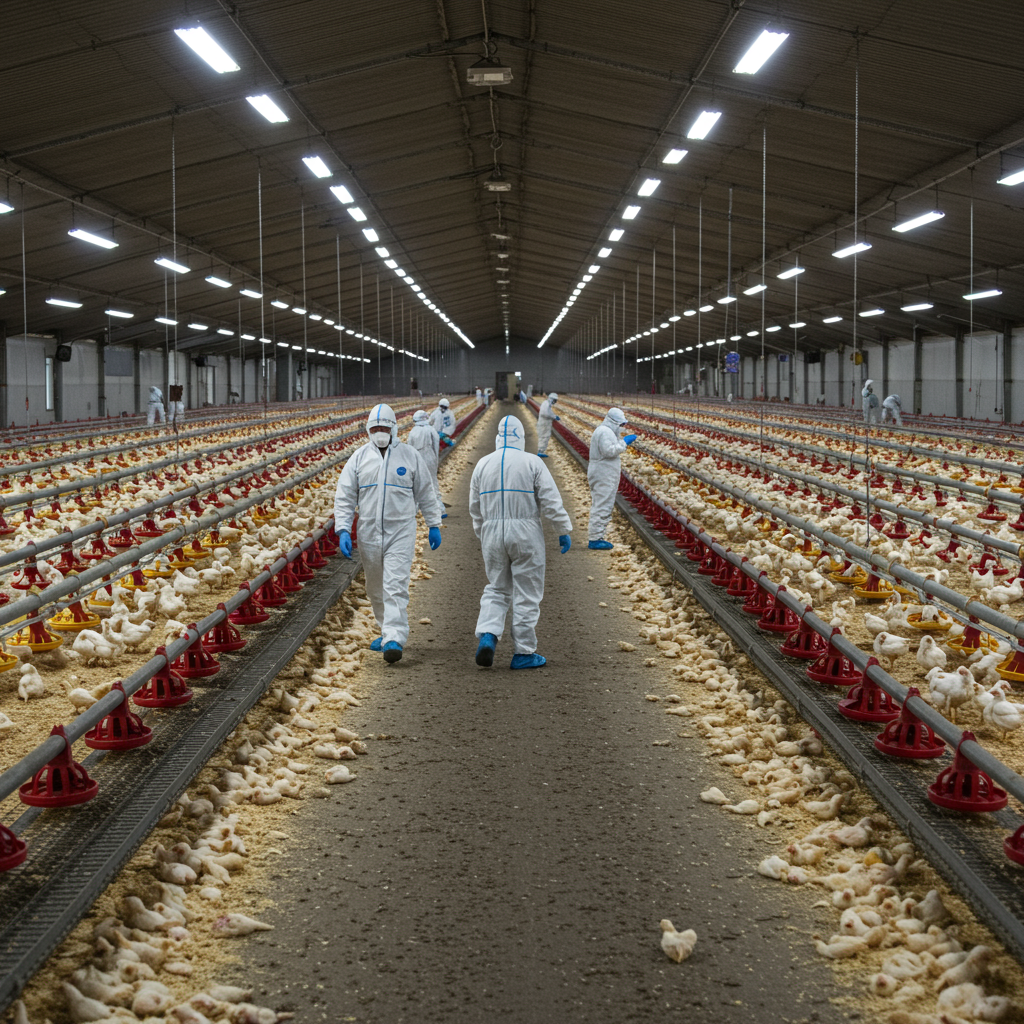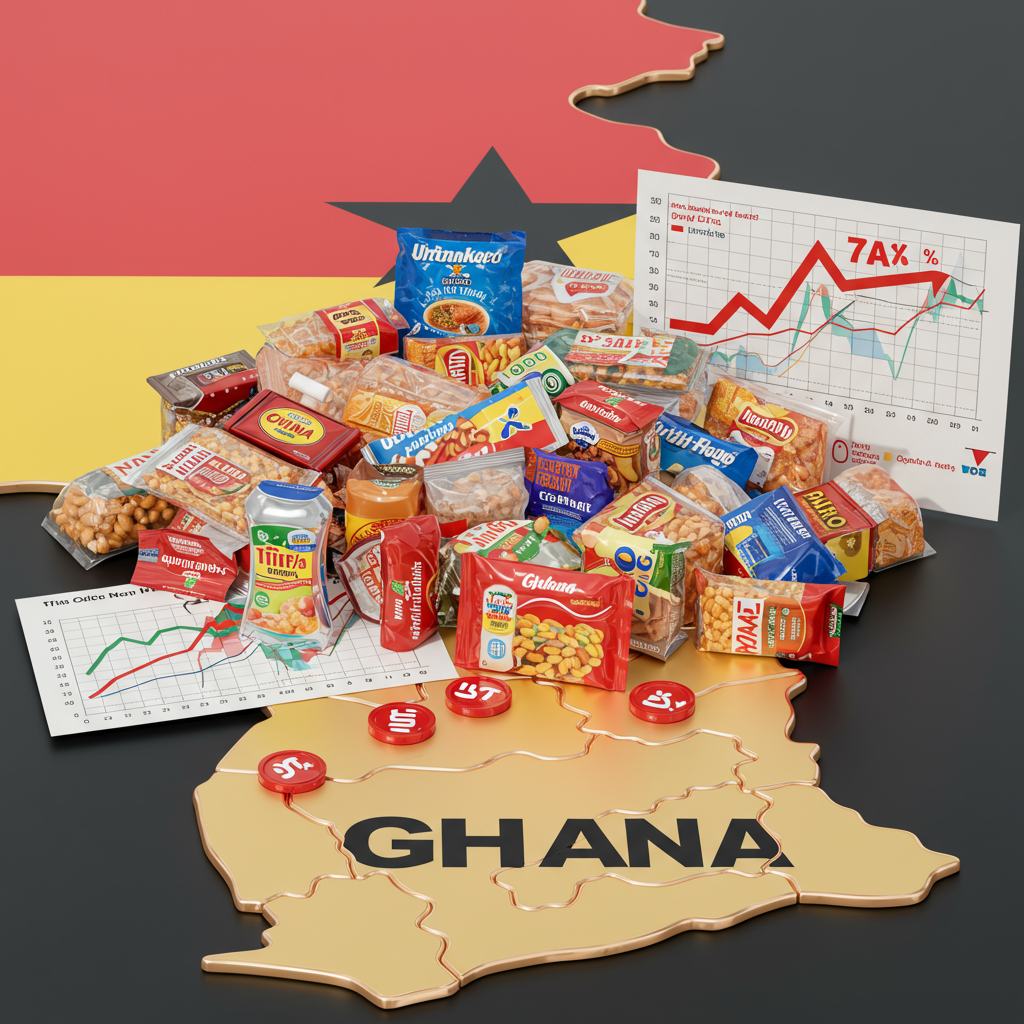Analyzing former President Donald Trump’s public statements regarding Russia can be challenging. His views often shift rapidly. One tweet, post, or impromptu remark might seem significant. Yet, the very next day, a new comment could contradict previous conclusions entirely. This unpredictability is a well-known characteristic.
Russian media outlets have even noted this pattern. As one newspaper, Komsomolskaya Pravda, once described it, Trump “changes his mind on key issues as easily as he changes shoes.” This observation highlights the difficulty faced by observers trying to find consistency in his foreign policy pronouncements, particularly concerning Moscow.
The Recent Shift: Trump’s Growing Frustration
Despite this general unpredictability, a clear trend emerged recently regarding Trump’s stance on Russia. The White House appeared to adopt a colder tone after a period of relative warmth. This perceived shift was significant enough to be highlighted in Russian headlines. Moskovsky Komsomolets, for instance, ran with the headline “The Russian-American Chill.”
This cooling seemed directly linked to the lack of progress in high-level discussions. Following a phone call with Russian President Vladimir Putin on July 3rd—their sixth conversation that year—Trump publicly admitted disappointment. He revealed that the two leaders “didn’t make any progress” towards ending the conflict in Ukraine. Trump added plainly, “I’m not happy about that.” This statement signaled a potential crack in the previously more conciliatory rhetoric.
Only four days later, Trump escalated the pressure. He reportedly threatened to impose a 10 percent tariff on any country associated with the BRICS group. This international bloc includes Russia, making the threat a clear financial signal aimed, in part, at Moscow. The rhetoric intensified further. At a cabinet meeting, Trump’s frustration boiled over into unusually strong language. He stated, “We get a lot of bullshit thrown at us by Putin, if you want to know the truth.” He qualified this by acknowledging Putin is “very nice all the time, but it turns out to be meaningless.” These remarks marked a notable departure from earlier, softer tones.
Moscow’s Calculated Response
Given Trump’s sharp comments, one might expect an equally fiery reaction from the Kremlin. However, Moscow’s official response was notably calm and collected. Vladimir Putin’s spokesman, Dmitry Peskov, addressed the matter directly. Speaking on a Kremlin conference call, Peskov downplayed the significance of Trump’s words.
“We are pretty calm about this,” Peskov told reporters. He characterized Trump’s communication style as inherently “quite harsh” in general. This suggested the Kremlin viewed the comments as typical Trump rhetoric rather than a fundamental shift in US policy. Peskov reiterated Moscow’s commitment to diplomacy. He stated that Russia planned “to continue our dialogue with Washington to mend our broken bilateral relations.” The spokesman expressed hope that Trump and his administration would “continue their efforts to get the peace process back to the realm of diplomacy.” This official stance aimed to project an image of stability and willingness to engage, despite the public friction.
The Russian Media Narrative
While the official Kremlin line remained diplomatic, the tone adopted by the Russian press was strikingly different. Tabloids and political commentators displayed open criticism and even mockery of the former US president. This marked a significant departure from their earlier, often favorable coverage.
Komsomolskaya Pravda published commentary sharply critical of Trump. One political pundit featured in the paper accused him of having “an absence of geopolitical achievements.” This critique aimed to undermine Trump’s standing on the world stage. Moskovsky Komsomolets focused on Trump’s personality. The paper described his “mercurial temperament” and highlighted his “propensity for sudden moods and chaotic changes of direction.” This reinforced the popular Russian perception of Trump as unpredictable.
Arguments and Facts, another prominent Russian paper, resorted to outright mockery. They found a target in Elon Musk’s newly formed “America Party,” sometimes referred to by its informal acronym “Doge” after Musk’s role leading the “Department of Government Efficiency” in a Trump cabinet meeting. The paper speculated that every time Trump used his campaign slogan, “Make America Great Again,” he would now be inadvertently promoting Musk’s party. This instance, possibly stemming from details like those in external summaries about Trump’s cabinet meetings and Elon Musk’s involvement, illustrates how Russian media capitalized on domestic US events to ridicule Trump. The contrast between the calm official response and the critical press narrative reveals different layers of Moscow’s reaction.
Tracing the Shift: From Optimism to Chill
This current state of tension represents a significant change from the prevailing mood earlier in the relationship between Trump and Russia. Back then, optimism ran high in Moscow that US-Russia relations would improve significantly under a Trump administration. This sentiment was reflected widely in the Russian media landscape.
In March, for example, a political scientist writing in Izvestia suggested a surprising alignment. The commentator claimed that “America now has more in common with Russia than Washington does with Brussels or Kyiv.” This reflected a hope that Trump’s “America First” approach might weaken traditional US alliances and bring Washington closer to Moscow’s geopolitical views. By May, the business daily Kommersant was even more direct. It declared that “Donald Trump’s stance couldn’t be more advantageous to Moscow.” The paper cited Trump’s perceived reluctance to strengthen sanctions against Russia and his expressed determination to develop “large-scale trade with Russia” as key benefits.
This optimism was fueled by visible signals from the Trump administration. There was a notable shift in focus, with the White House publicly criticizing Ukrainian President Zelensky rather than Russian President Putin. Pressure seemed directed more towards Kyiv than Moscow. Furthermore, bilateral talks between the US and Russia were initiated with the stated aim of boosting relations. Trump’s envoy, Steve Witkoff, was a frequent visitor to Russia, engaging in discussions with President Putin. At one meeting, Putin even presented Witkoff with a portrait of the US president to take back for Trump, a gesture seen as a sign of personal rapport.
It seemed plausible at the time that Moscow and Washington were poised to forge a new, cooperative relationship. However, the dynamics began to shift. It had been more than two months since Witkoff’s last visit to Moscow. Then, in June, Russia announced that the US had canceled a planned round of talks. These discussions were intended to restore the operations of diplomatic missions, symbolizing a practical step towards normalization. The cancellation signaled a breakdown in communication channels.
The Ukraine Stalemate: The Core Disagreement
The primary reason for the shift from optimism to the current “chill” appears to be a fundamental disagreement over the conflict in Ukraine. External analysis suggests Trump grew increasingly frustrated by Russia’s unwavering refusal to agree to a comprehensive ceasefire on terms acceptable to Washington.
According to Moskovsky Komsomolets, the Kremlin views Trump’s proposals on Ukraine as insufficient. The paper wrote that Moscow “believes that Trump offers Russia too little.” From Russia’s perspective, maintaining a “good quarrel” is preferable to accepting a “bad peace” that does not serve Russia’s long-term national interests. This indicates a calculation by Moscow that it has leverage and can afford to wait for a better deal.
On Ukraine, Russia seeks significant concessions that Trump has seemingly been unwilling or unable to deliver. These demands reportedly include more territory under Russian control, limits on the future size and capabilities of Ukraine’s military, and a reduction in Western arms supplies to Kyiv. Russia’s position is likely bolstered by the ongoing military situation on the ground. Reports indicate Russia has been making territorial gains in eastern Ukraine, albeit slowly and at a high cost in casualties. They have concentrated forces in key areas and employ tactics like “creeping offensives” to exhaust Ukrainian defenses. They are also putting immense pressure on Ukrainian supply lines using drones, complicating logistics and resupply efforts. This context suggests Russia feels it currently “holds the cards,” believing its military position allows it to demand more favorable terms in any potential peace negotiation. As the article noted, borrowing a Trumpian phrase, Putin clearly believes he can hold out for a better arrangement.
Frequently Asked Questions
Why did Trump’s public stance on Russia recently become more critical?
Trump’s public statements about Russia became notably harsher following a lack of progress in peace talks related to the Ukraine conflict. After a July 3rd phone call with President Putin yielded no movement on ending the war, Trump expressed unhappiness. This was followed by threats of tariffs on BRICS nations (including Russia) and public remarks labeling Putin’s actions as “meaningless.” The core frustration appears linked to Russia’s unwillingness to agree to a ceasefire on terms acceptable to the US.
How has Moscow officially responded to Trump’s criticism?
Moscow’s official response, delivered by Putin’s spokesman Dmitry Peskov, has been calm and diplomatic. Peskov characterized Trump’s “harsh” way of talking as typical and not cause for alarm. The Kremlin stated its intention to continue dialogue with Washington to improve bilateral relations. They also expressed hope that the Trump administration would continue efforts to return the peace process in Ukraine to diplomacy, projecting an image of seeking stability despite public friction.
Why is Russia seemingly unfazed by Trump’s irritation, especially compared to previous optimism?
Russia appears relatively unfazed because it may view Trump’s strong comments as inconsistent rhetoric rather than a firm policy shift, given his unpredictable nature often described as “mercurial.” More importantly, Moscow believes it holds significant leverage, particularly regarding the Ukraine conflict, and feels Trump’s current offers are insufficient. They calculate that waiting for a “better deal” serves their long-term interests, a belief potentially reinforced by the current military situation on the ground where Russia is making slow gains and feels capable of demanding more concessions.
Outlook: Words vs. Actions
The future trajectory of Trump-Russia relations remains uncertain. Much will depend not just on President Trump’s words, which have proven volatile, but crucially on the concrete actions his administration might take. Potential actions include the scale of future US military assistance provided to Ukraine and decisions regarding strengthening sanctions against Russia. These practical steps would likely have a more significant impact on Moscow’s calculations than rhetoric alone.
As noted earlier, the situation can change rapidly. Weeks before the “chill” emerged, some Russian commentators were celebrating a perceived US decision to freeze military assistance to Ukraine, highlighting the fluid nature of these dynamics. Therefore, observers must closely monitor US policy actions towards both Russia and Ukraine, rather than focusing solely on public pronouncements, to understand the true direction of this complex relationship.
Word Count Check: 1178


